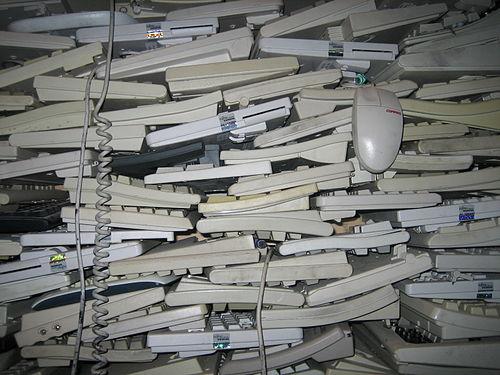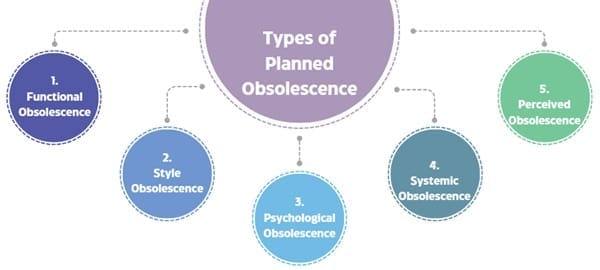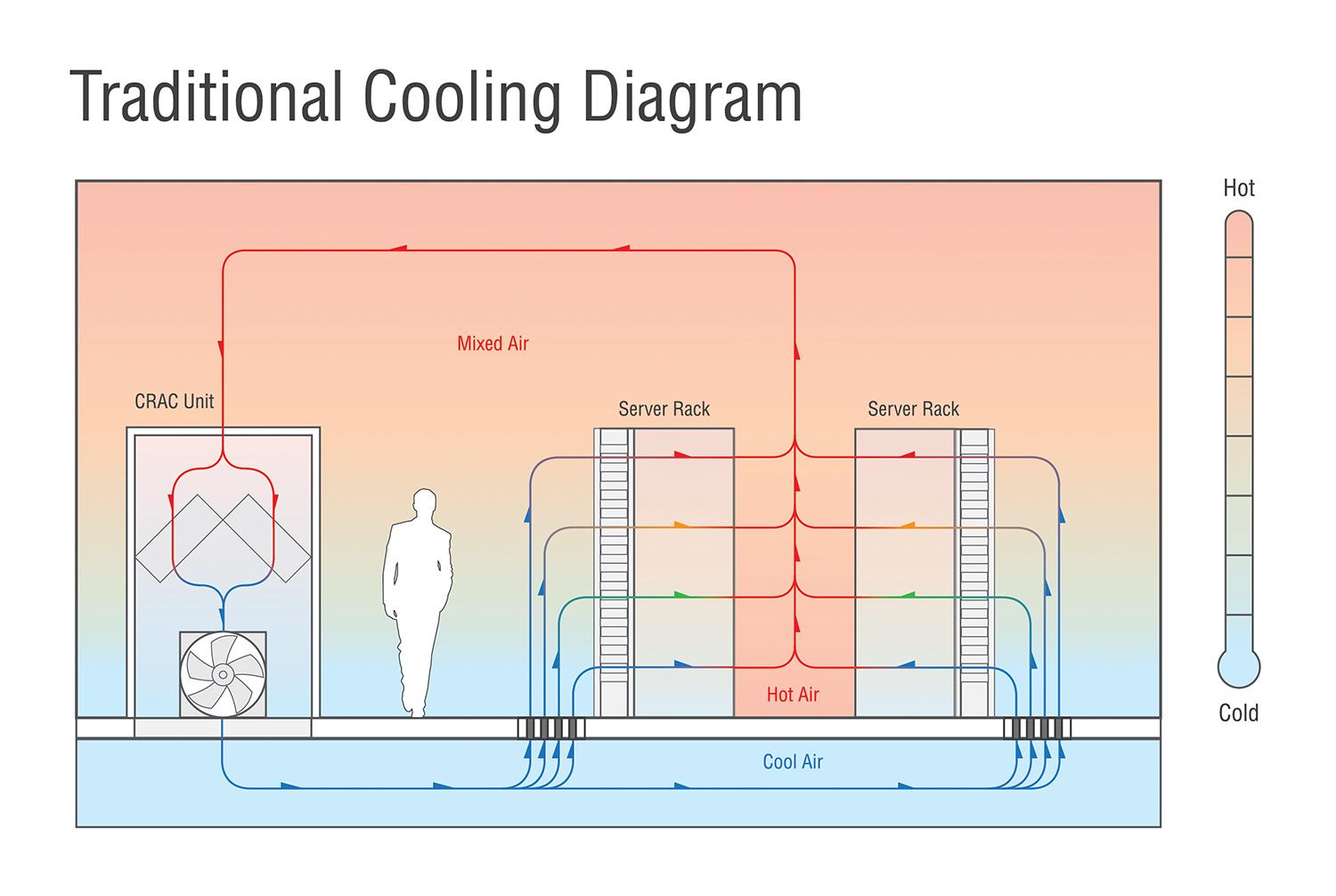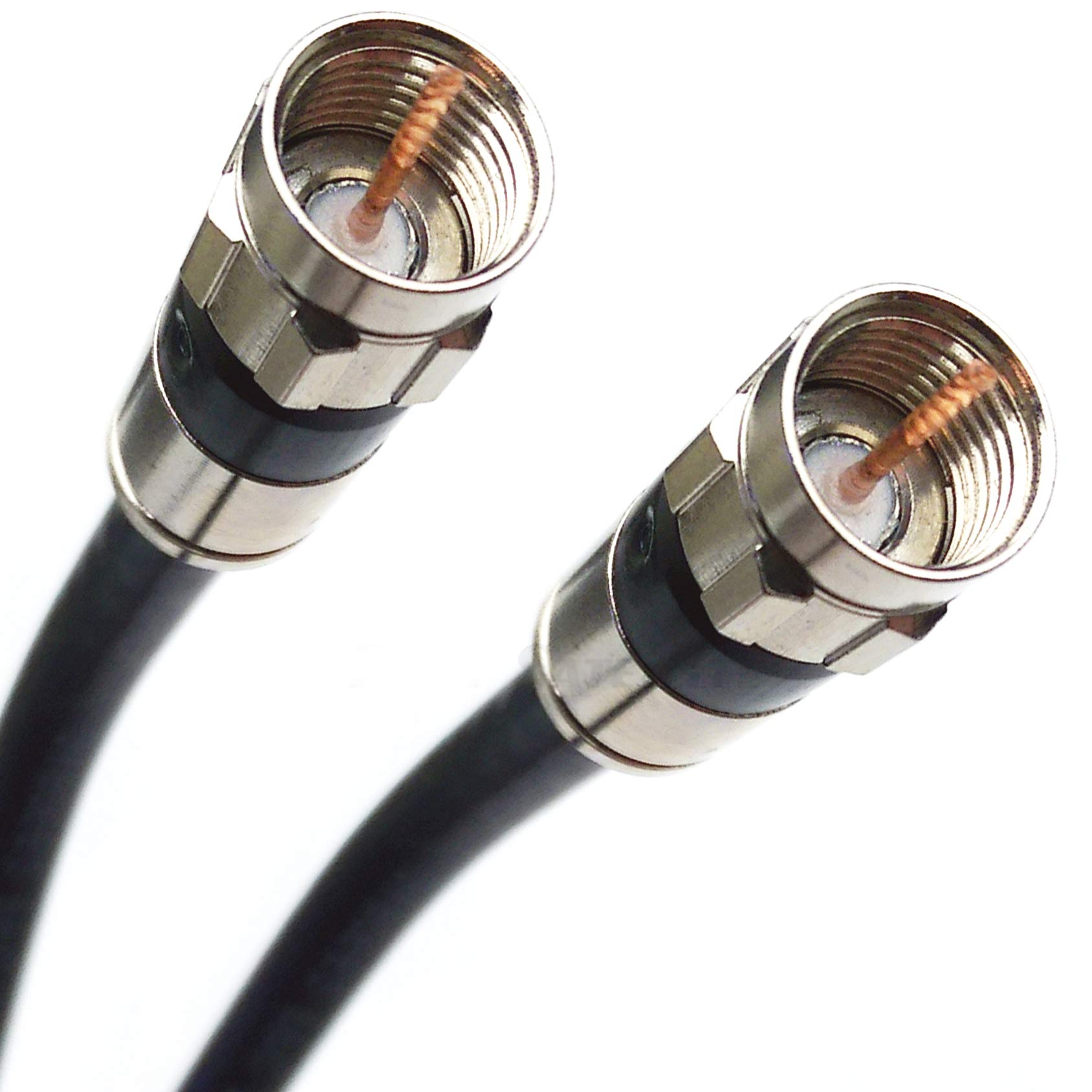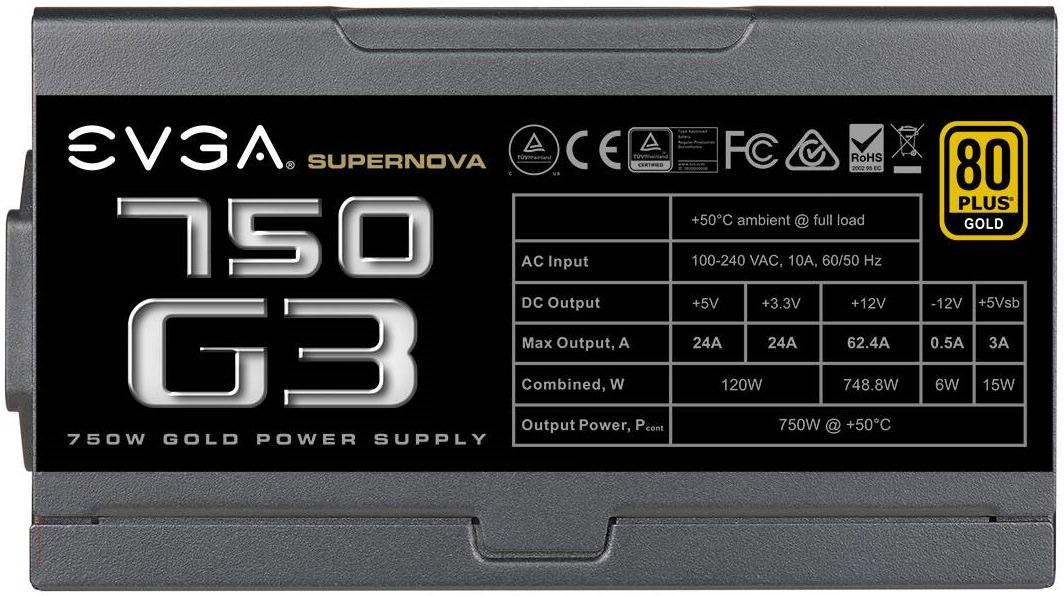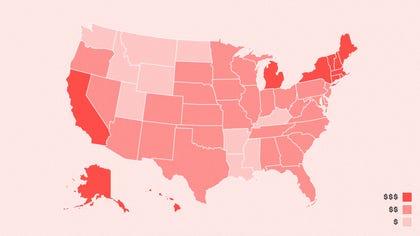Community Impact
Powering AI and Data Center Infrastructure Recommendations July 2024.pdf
Powering AI and Data Center Infrastructure Recommendations July 2024.pdf
Powering AI and Data Center Infrastructure Recommendations July 2024.pdf
Communities can be created within any space where people come together – leading to all kinds of closely or loosely connected group identities. These communities can emerge – knowingly or not – when we make decisions that impact other people.
When we build technology and create digital spaces, it can be easy to forget the effect we have on our physical world, from the server stored in our garage to the houses along the block. We leave our mark on the spaces left in our care and our personal decisions have reverberating effects that can be felt by others – through both subtlety and verve.
Technology has been designed from the ground up to be abstracted, but we must not allow ourselves to lose sight on the fine details lost by the collapse of integral complexity. Before we "break ground", we must take the time to seriously reflect on how our choices can affect those around us – both physically and digitally.
Ecosystems
Hardware can create digital spaces where we can operate without the limitations of reality. Despite this, hardware resides within the physical world and global ecosystems that we rely on. The choices we make for something as menial as self-hosting can affect us, our neighbors and every denizen of the newfound digital world.
Modern cloud computing infrastructure has staggering effect on our global ecosystems. By self-hosting, we can take responsibility for the stewardship of our environment.
eWaste & Refurbishment
E-Waste – or electronics waste – is a pressing concern that we all need to take action on. Within each electronic device, there are both rare earth materials and potentially harmful toxins. As our dependence on computers grow, these materials need to come from somewhere, often resulting in exploitation and human rights abuses. While some materials can be recycled, others may find a final resting place within a landfill.
|
Precision_manufacturing |
Precious Metals Gold, Silver, Platinum, Palladium, Copper, Nickel, Tantalum, Cobalt, Aluminum, Tin, Zinc
|
| Diamond_shine |
Rare Earth Elements Neodymium, Dysprosium, Terbium
|
| Skull |
Toxins Lead, Mercury, Cadmium, Beryllium, Bromine, Polyvinyl Chloride
|
When electronics are buried in landfills, these materials and toxins can spread through liquids or dissipate into the air. These ingredients leech into our global ecosystems, travelling through rainwater into the soil that grows our crops and feed the animals from land, sea and air. We consume them with the water we drink, food we eat and air we breath. Plastic has become pervasive within every corner of the planet.
Recycling grows more difficult as devices trend towards smaller form factors filled with deeply integrated parts. When materials cannot being reclaimed or recycled, these toxic materials can be sequestered for the health of our communities. Electronic recycling rates are globally low at 20% – and highest within the EU at 35%.
Learn more about global electronic waste recycling rates and legislation.
What remains is undocumented with no way of truly knowing how they will affect our ecosystems for generations to come. In the modern economy, some countries send e-waste while others receive it – in an illicit ring of smuggled e-waste. These materials are not biodegradable and will persist until we properly account for them.

Technology companies often adopt a motto to "move fast and break things" that leads to rapid innovation cycles and frequent device releases. Planned obsolescence, hardware expiration, and forced upgrades quickly build mountains of electronic water while costing precious resources.
When electronics reach end-of-life status – such as being recycled by consumers or becoming unsupported by the manufacturer – they become electronic waste. This, however, encompasses a great deal of hardware that is still perfectly functional, or could be with a few small repairs.
Refurbished electronics have been extensively tested and repaired to make them work "like-new". These devices may also be called renewed, reconditioned, recycled, or recertified. Devices may have a grade to describe the amount of wear and tear on the device.
These are different from "used" or "previously owned" hardware which has not been confirmed to work to the manufacturer's original specifications. In many countries, the term "refurbished" is not legally defined or protected.
Manufacturers may sell their own refurbished hardware – such as Dell and HP. These are often returned consumer or leased business hardware. For tax purposes, corporations donate used electronics to non-profits who then refurbish them for consumers – like GreenPC and PCs For People.
This can extend their life-time and keeps them in circulation until they can be thoughtfully recycled. While they're still operational, we can use them as a starting point for our server and upgrade parts over time as we need more storage or memory.

This circular vision of electronics – where they are refurbished, recycled and reclaimed for creating newer models – can provide a solid starting point for addressing our electronics going forward. Open standards are what enable people around the globe to upgrade and repair their own computer systems.
 Modular technologies – that we can change and make our own – evoke our creativity can make our electronics more personal and repairable. A consumer's right to repair the electronic devices they paid for and own is largely unprotected in the USA. This effects our ability to keep outdated electronics out of landfills.
Modular technologies – that we can change and make our own – evoke our creativity can make our electronics more personal and repairable. A consumer's right to repair the electronic devices they paid for and own is largely unprotected in the USA. This effects our ability to keep outdated electronics out of landfills.
Noise
Computers can be loud machines – especially when using older and unmaintained parts. There are several key components that can create noise pollution, a considerable distraction.
Computers can generate a great deal of heat that needs to be accommodated. Cooling components and reducing the ambient temperature within your computer case will require fans. Even when leveraging efficient water-cooling, fans cool the fluid.
 |
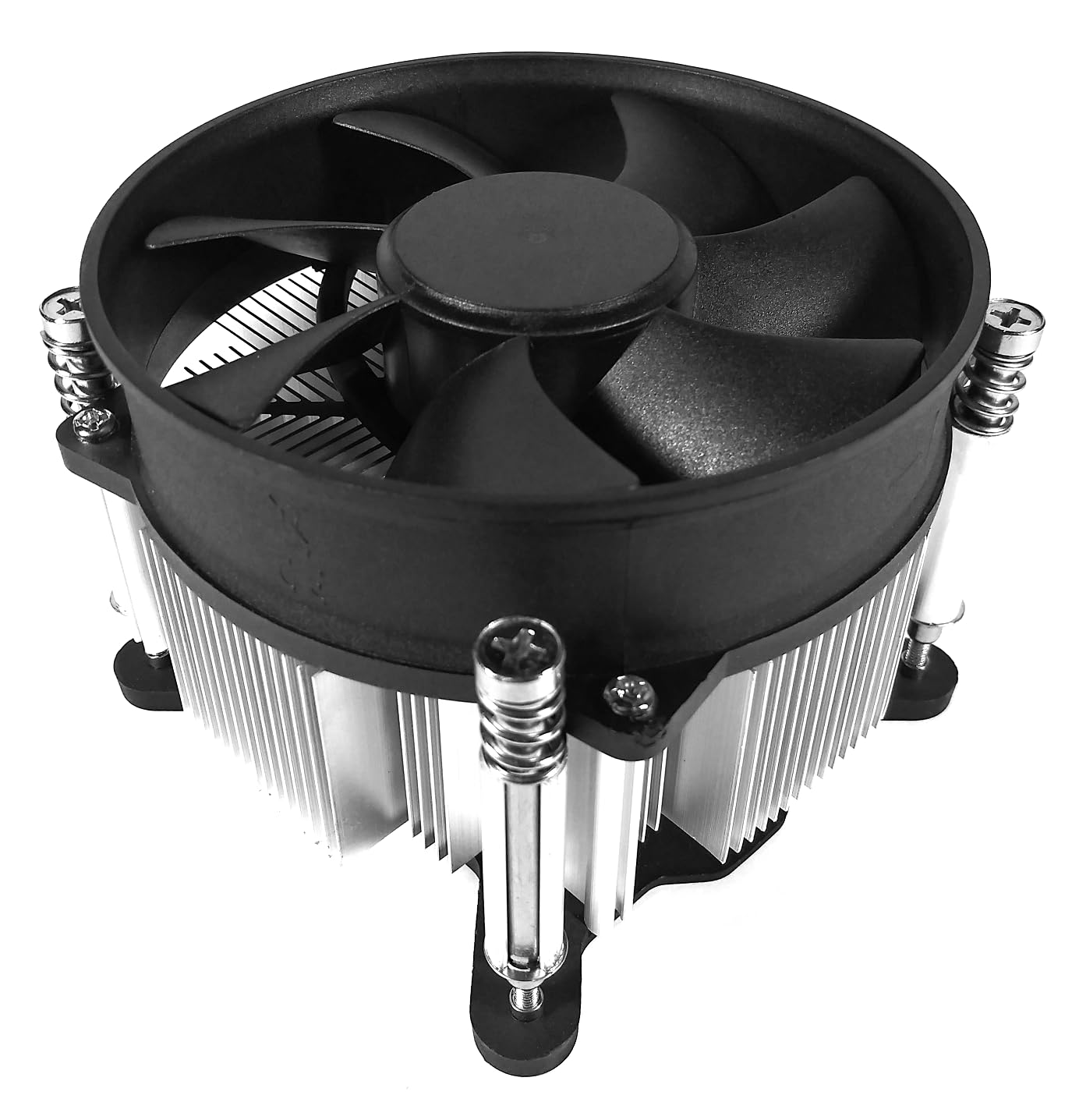 |
As fans become dirty and displace the lubricant, it is not uncommon for them to create whirring or buzzing sounds. These noises are signs of an underlying issue that needs to be proactively addressed through cleaning. When these issues are not addressed, fans can even begin to cause a grinding sound. Dirty fans not only create noise but make it difficult to keep your server cool.
Be mindful of where you're keeping an always-on server because it can affect not only your home but neighbors, too.
Similar to fans, platter hard disks can have moving parts that create the occasional whirring, buzzing or clicking as the device operates. Constant noise coming from a hard drive can indicate an underlying hardware issue. When not addressed, this can escalate into grinding noises and the eventual destruction of the drive.
 |
 |
Many computer systems have a built-in speaker to notify about hardware-level component, such as chirping during POST while starting the machine. These are used for critical computer notifications.
Light
Computer systems can have many sensor lights and indicators that are always on – sometimes even blinking incessantly. People may be sensitive to light or distracted by their constant activity when trying to sleep or maintain focus.
These lights are often embedded into the computer case or its individual components to visually communicate what the hardware is doing. This can include power status, disk access and network data transmissions.
Depending on the manufacturer, individual components may have decorative or programmable lighting modules. These cannot always be disabled. Case lights can potentially be unplugged or other wise disabled. If not, blackout patches and stickers can lessen the glow.
Disabling the power and disk indicators can make it difficult to troubleshoot your computer at a glance.
Vibration
Computer systems may vibrate during operation as a result of numerous moving parts. This can be exacerbated when placed on an unsecured surface like a table or shelf.
Most computer cases come with rubber feet to dampen this, but they can become lost or degraded over time. Placing a rubber mat beneath the server or adding fan dampeners can help.
Public Utilities
When using services provided to the public, like internet and electricity, we must share them by necessity. By knowing of requirements, we can acknowledge our commitment for our communities.
Heating and Cooling
Computer servers can generate heat through their processors and chips. When performing intensive tasks for an extended time, this heat can quickly build up and needs to be accommodated for. While single-board computers like the Raspberry Pi can operate without a fan, heat can build up until the computer throttles itself – or operates more slowly to decrease heat generation.
Modern computer systems can remove heat from components through efficient airflow or water-cooling. This relies on several fans located within the computer case and on individual components. When the fans aren't maintained, their ability to cool the system can be lessened. Once heat leaves the server, it will progressively warm it's enclosure – such as your living room, basement, garage or attic.
Depending on the layout of your space and the location of your server, this can cause problems during warm months and a boon during cold months. In a cool basement, a server can maintain reasonable temperatures, but that heat will radiate upwards through your house. By contrast, an attic will radiate heat away from your home quickly, but can be more reliant on ambient temperatures.
In an apartment complex, this can have drastic effects on your neighbors, too.
Computers work more efficiently the cooler they are, but generate heat the more consistently they are used. Sporadic processing – such as converting an audio file every 15 minutes – make it much easier for a computer to maintain an optimal temperature.
When the room becomes too hot, air conditioning unit may be needed to keep the computer system cool. This will not only require more energy, but increase ambient noise and produce additional heat to be managed.
Internet
Servers have the potential to negatively impact the internet connection quality for other devices on their local network. When devices connect to the Internet within your home, they are connecting through a central router device.
Modern routers are often miniature computers in their own right with processor resources that must be managed. When your server transmits massive amounts of data – such as a movie or television show – it is consuming router resources while it directs traffic on your local network. When a server is controlling a third of the traffic on your network, the remainder must be split among every other device connected to the Internet in your home.
Diagram showing a stacked bar graph of 30% being the server with the rest being other devices.
Certain Internet connection types – such as cable, satellite or fixed wireless – might be promising theoretical connection properties. Advertised speed and bandwidth may be limited during peak Internet usage hours. While this may seem nefarious, it is often due to a limitation of older or more centralized Internet access technologies.
Cable Internet gets it name because by leveraging the existing infrastructure for transmitting analog cable television signals using a coaxial cable. This technology is popular for "last-mile" Internet access service by a local regional provider. As a result of the underlying infrastructure, multiple residences will often share bandwidth to the Internet. If your server uses a sizeable portion of the upload and download speeds, less is available for your neighbors.
This is similarly true for fixed wireless, satellite, mobile broadband and DSL Internet connection options.
Fiber Internet is an increasingly popular in urban and suburban regions. This Internet connection uses rapid flashes of light to transmit encoded data through an optical cable. It does not have the same bandwidth limitations as Cable – even when serving Internet to an entire block or apartment complex.
Diagram Cable vs fiber Internet connection for local area.
Power
Running a server and the networking devices that connect us to the Internet will require electricity. Our home setup will require nowhere near as much energy as a data center, but we should still consider how our power usage effects those around us.
Within your home, a server has the potential to draw a large amount of power. This can put strain on the circuit or breaker that feed into the wall plug that powers your computer. When multiple high-power devices are plugged into that circuit – such as an AC or heater – there is potential to blow a fuse or trip a circuit breaker. Always make sure that you aren't overloading a power line.
Wattage quantifies the rate of energy transfer and acts as the indicator for power usage when measured over time – typically expressed as kilowatt-hours or kW/h. Utility companies offer consistent access to power by the kilo-watt hour, generated from renewable and consumable fuels.
Energy can comes from many sources and some are harmful. Learn more about where your energy comes from.
Electronic devices often provide information about their power requirements right on them. Power Supply Units – or PSUs – provide electricity to individual components within a computer. These specify the wattage that the power supply can draw up to during a heavy work load. This is the maximum capacity and doesn't indicate how much power the computer will consume while idle.
Each component will need to draw power in order to function and every computer will have different parts. The exact amount that each requires can fluctuate based on their function and how much of a workload the component has. Modern computers automatically manage each component's power usage, putting them to sleep – or a low-power standby mode that conserves electricity.
CPUs and GPUs generally require the most power, but chipsets designed for laptop can be extremely efficient. By exploring the average power usage for computer components while both idle and under load, we can estimate how much power our server will consume over the course of a day.
Power Consumption in Watts
| Component |
Idle | Under Load |
| Motherboard | 15 | 25 — 100 |
| Desktop CPU | 10 — 30 | 75 – 250 |
| Desktop GPU | 10 — 50 | 200 – 500 |
| Mobile CPU |
5 — 15 |
15 — 65 |
| Mobile GPU | 10 — 100 | 35 — 150 |
| Hard Disk Drive | 5 | 5 — 15 |
| Solid State Drive | 1 | 1 — 5 |
| RAM module | 2 | 2 – 5 |
Using these numbers, we can estimate how much power our server will consume at any one moment. Modern desktop computer systems consume around 100 watts while idling. While basic office PCs may require 250 watts for web browsing tasks, a machine could draw up to 800 watts while playing a graphics-intensive video game. These estimates are a helpful baseline, but power requirements fluctuate.
Want a better idea? Try out pcpartpicker.com and add your exact components.
Computers come in a variety of form factors target at specific use cases. Raspberry Pi computers use specialized processors – like those in smartphones – to create an efficient, lightweight computer. Laptops are designed to be compact, efficient and portable so they can run off batteries.
Mini PCs will often leverage laptop hardware to create a desktop or set-top computer with a small footprint. Traditional desktop PCs range from low-powered office computer solutions to top-of-the-line computer workstations.
When connecting to the Internet, the modem and router also consume electricity that needs to be accounted for. Like a computer, these devices will also draw more power when under a heavy load.
Graph comparison of device wattage
Power Consumption in Watts
| Device | Idle | Under Load |
| Raspberry Pi 5 | 3 | 3 — 7 |
| Laptop | 5 | 30 — 200 |
| Mini PC | 5 — 20 | 20 — 400 |
| Desktop PC | 35 — 100 | 150 — 300 |
| Workstation | 75 — 150 | 300 — 800 |
| Wi-Fi Router | 5 | 5 — 20 |
| Modem | 5 | 5 — 20 |
Want to be exact? Try out a digital power meter to find your exact energy usage.
Once we have a better idea how much energy we'll require – in the form of wattage – we can estimate how much power the computer consumes while left on over an entire day.
Don't want to do math? Try out this wattage calculator from EnergyBot.
We calculate this by multiplying the total wattage we estimated by the number of hours a day the server will be drawing power. This will be 24 hours per day. We now have our wattage per hour. Finally, we can divide this number by 1000 to achieve our kilowattage per hour.
E(kWh/day) = P(W) × t(h/day) / 1000(W/kW)
A 200 watt Mini PC will use 4.8 kWh per day – or 144 kWh per month – when left running all day, every day.
Now that we know the kilowatt hours consumed by our computer, we can get an estimate the monetary cost per day. Your utility provider will list the exact unit price per kW/h on your account summary or service bill. The cost of energy varies widely across the country – depending on a host of factors – and ranges all the way from $0.10 to $0.43. Residential energy rates are often higher than commerial prices due to the economy of scale.
With this information, it's simple to calculate a monetary cost. By multiplying the cost per kilowatt by the quantity of kilowatts, we arrive at the final cost. When estimating per month, we can see how much our server affects our monthly bill.
Energy costs $0.12 per kWh in Washington State and a 300 watt computer uses 144 kWh per month. This calculates to $17.28.
Data centers use exponentially more power than a home server – consuming up to 100 times more than a standard office building.
A data centers usage is pretty constant. They do not enter idle states like many home servers.
Data centers can consume up to 100 times more energy [1Powering AI and Data Center Infrastructure Recommendations July 2024.pdf0] than a standard office building.
A router may consume 1KW[8] and a large data center consumes nearly 100 MW.[9]
Average data centres are quite small in power terms, with demand in the order of 5-10 megawatts (MW). But large hyperscale data centres, which are increasingly common, have power demands of 100 MW or more, with an annual electricity consumption equivalent to the electricity demand from around 350 000 to 400 000 electric cars.
Data centers currently use 1%
Deloitte predicts data centers will only make up about 2% of global electricity consumption, or 536 terawatt-hours (TWh), in 2025. But as power-intensive generative AI (gen AI) training and inference continues to grow faster than other uses and applications, global data center electricity consumption could roughly double to 1,065 TWh by 2030 (figure 1).1
Two broad areas drive most of the electricity consumption in a data center: computing power and server resources like server systems (roughly 40% data center power consumption) and cooling systems (consume 38% to 40% power).
Internal power conditioning systems consume another 8% to 10%, while network and communications equipment and storage systems use about 5% each, and lighting facilities usually use 1% to 2% of power (figure 2).13
https://news.cnrs.fr/articles/new-technologies-wasted-energies
How to compensate footprint
A research study shows that in the US, 50% of PCs are left on overnight, resulting in an estimated annual energy waste of 28.8 billion kWh, and a cost of $2.8 billion per year.
By intentionally creating a localized server for our services, we can focus on ensuring our other computers are turned off more consistently by setting sleep settings
Checking where your regional power comes from
How might your power usage effect your neighbors, such as during a heatwave when ACs are running or the winter with heaters? How is the infrastructure at handling this?

